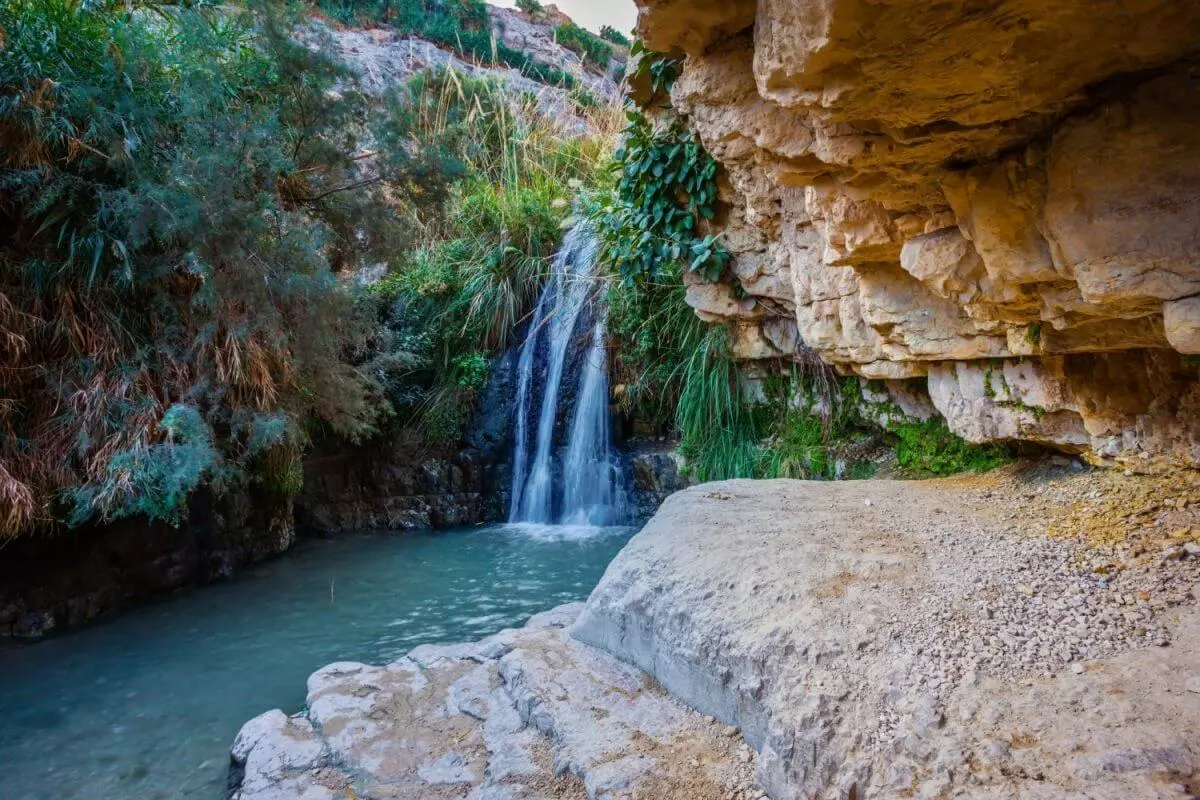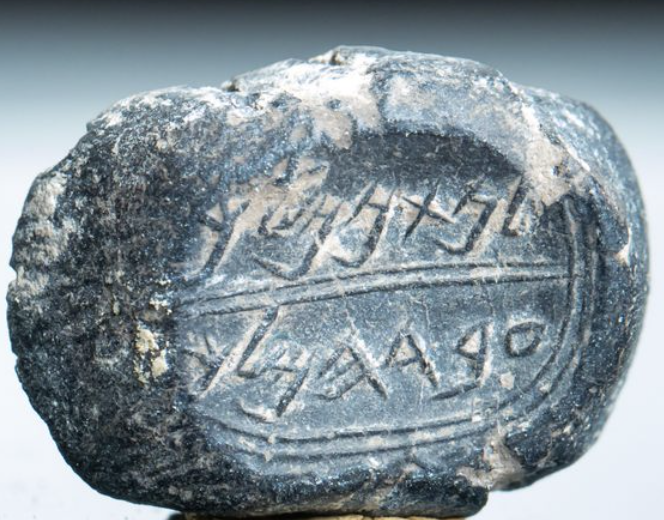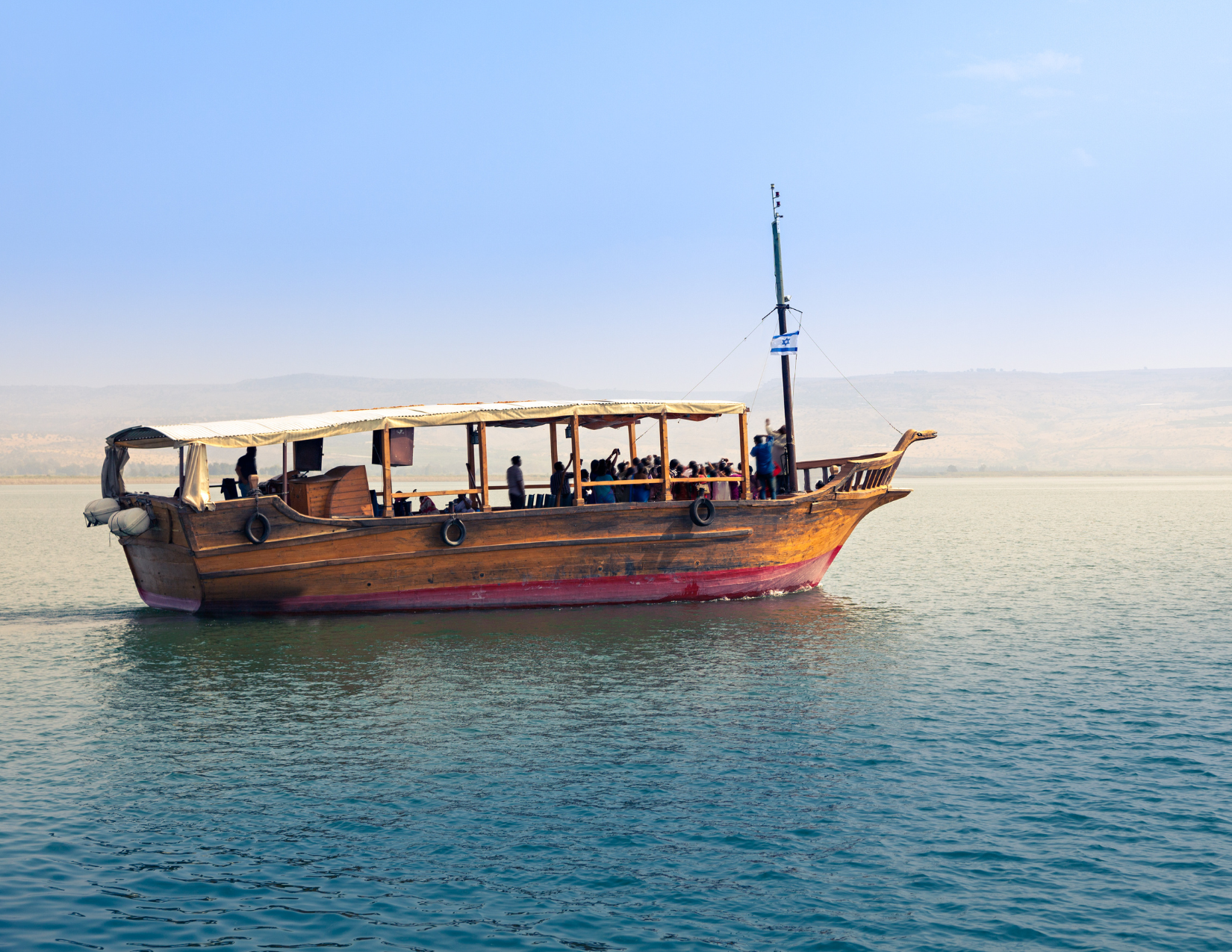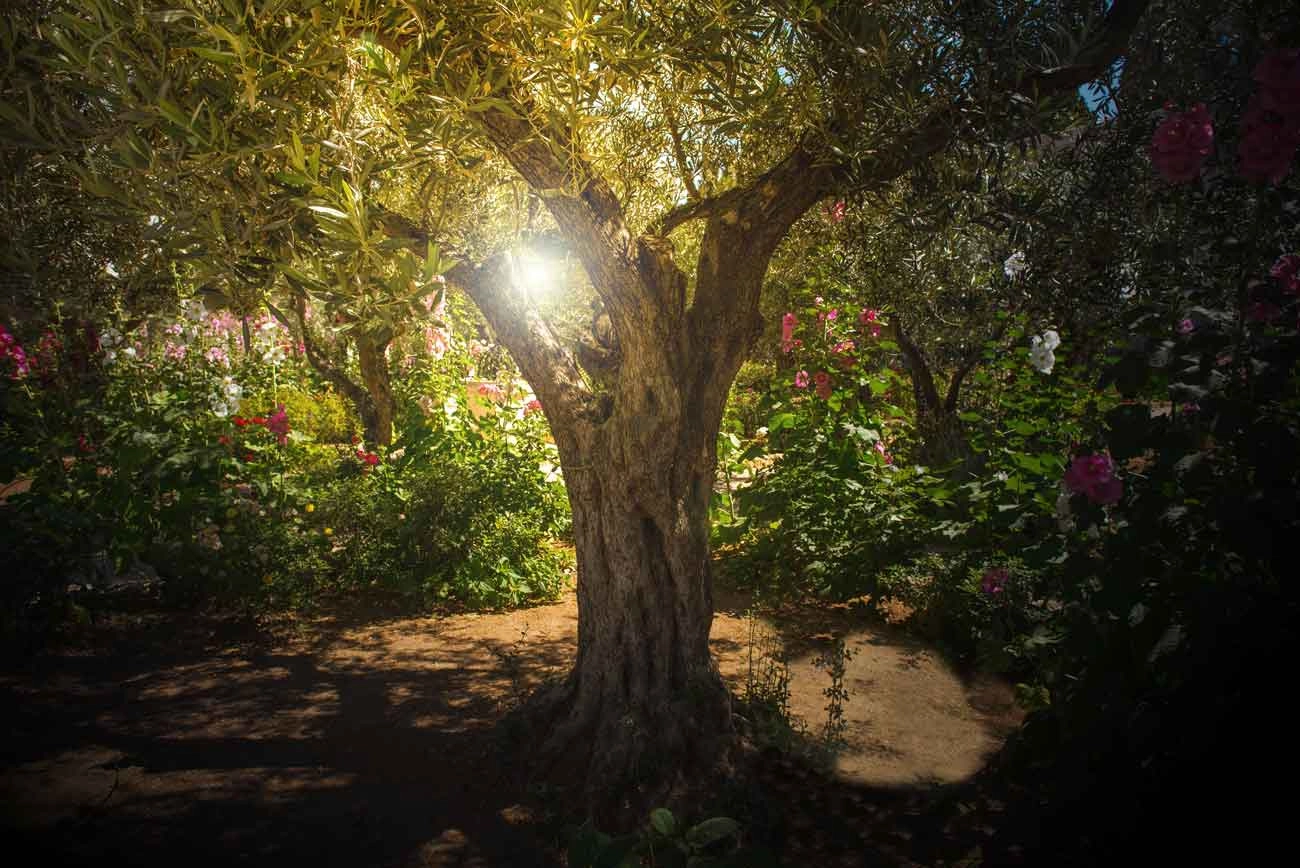Nearly everyone has probably heard or used the term oasis in a phrase similar to “it was like an oasis”. It is almost always in reference to finding beauty, help, or hope in a place or circumstance that one wouldn’t expect to find it.
The bible references oases (plural of oasis) in many places. In such desert lands such as the Middle East, suddenly coming upon a lush ecosystem of water and foliage is not only exciting and beautiful, it can be life saving. It is powerful imagery, and no doubt placed by God in nature for the purpose of letting us understand how He can be an Oasis in the deserts of our lives.
One particular oasis with important biblical history is Ein Gedi, which means “Fountain of the Kid”. This beautiful oasis is near the Dead Sea, Masada, and Qumrum caves, the site where the Dead Sea Scrolls were discovered. While these sites have more recognizable names and history, Ein Gedi is far more than just a pretty tourist spot.
It is first referenced in Genesis 14:7 as part of the story of Abraham and his nephew, Lot, who was taken hostage and rescued by Abraham. It is referred to there as “Hazazon-tamar”, a city of the Amorites that was conquered by Chedorlaomer, King of Elam (Elam was in present-day Iran).
It is next spoken of in 2 Chronicles 20:2, as where the enemies of Judah and Jehoshaphat were gathering against them. This threat caused Jehoshaphat to lead his nation in prayer to the Lord, reminding Him of His promise to Abraham.
Perhaps the most significant history of this region though is that in relation to King Saul and David. While Saul’s jealousy burned against David, he swore to kill him and forced David into hiding, which he did in the caves of Ein Gedi.
According to 1 Samuel 24, Saul learned of David’s hiding place and took 3000 men to kill him. David and his men, hiding in a cave, were given a chance to kill Saul while he was in a vulnerable position. David instead cut off a piece of his robe and waited until Saul left the cave and then shouted to him, revealing that he had the chance to kill him, but didn’t. This softened the heart of Saul, causing him to acknowledge that David would someday be king and the two’s fight was over. Saul asked David to not cut off his descendants, which David swore to. David fulfilled his promise to Saul by later caring for his only surviving descendent, Mephibosheth, a lame son of Saul’s son Jonathan (David’s best friend). This fulfillment is detailed in 2 Samuel Chapter 9.
Today, you can put yourself in the scene of this remarkable story in much of the same condition it would have been in the time (minus some directional signs and tour groups). It is truly remarkable to envision David and Saul and the story that led to the “Golden Age” of Israel. Designated a nature preserve and national park in 1971, the area is protected and ensured to continue to be a place of beauty and history for generations to come.
We highly recommend that all of our tour groups include Ein Gedi in their itineraries. It truly allows the story to come to life!







